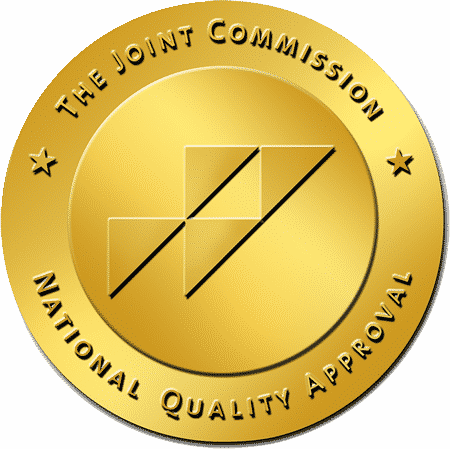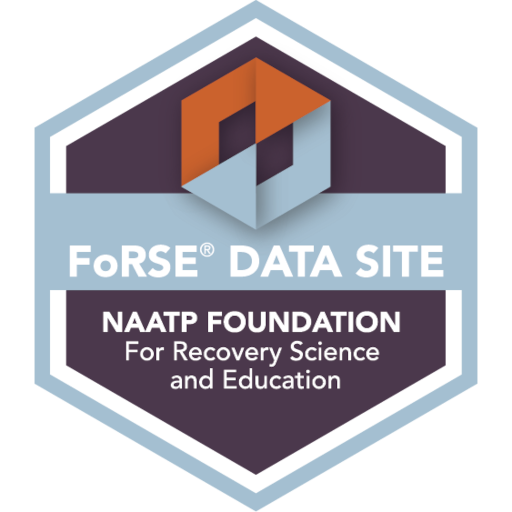What is Lysergic Acid Diethylamide (LSD)?
Lysergic Acid Diethylamide (LSD), one of the most potent, mood-altering substances, is classified as a Schedule 1 illegal drug with no approved medical use. It is manufactured from lysergic acid, which is derived from a fungus that grows on certain grains called ergot.
LSD use is small doses can produce psychological effects like mild changes in thought, mood, and distorted perception. LSD drug use in large doses can cause distortions in perception of time and space as well as visual hallucinations.
Street names for LSD include acid, blotter, blue cheer, hits, mellow yellow, blotter acid, electric Kool-Aid, Lucy in the Sky with Diamonds, sugar cubes, microdots, purple haze, sunshine tabs, and windowpane. LSD is one of the psychedelic drugs which include PCP, mescaline, and peyote.
How is LSD Taken?
Most often, drops of LSD solution are placed onto paper squares–pieces of blotting paper or gelatin sheets with images on them–or sugar cubes. It is also sold as tiny pellets–known as micro dots–and as a liquid which may be injected.
Effects of LSD on the Brain and Nervous System
LSD stimulates the production of serotonin in the cortex and deep structures of the brain and central nervous system by activating the serotonin receptors, which help interpret and visualize the user’s surroundings.
How quickly LSD trips start depends on how it is used. Taken orally, the effects start in 20 to 30 minutes, peak in about 2 to 4 hours, and may last up to 12 hours. Taken intravenously, LSD’s effects start very quickly, usually within 10 minutes.
Adverse effects of the LSD experience include increased blood pressure and heart rates, sweating, sleeplessness, muscle twitches and shaking, dilated pupils, and loss of appetite.
Sensory impacts on a person taking LSD include:
- Visual-Vivid, brightened, colors, distorted shapes and colors of faces and objects, blurred vision, and halos of light.
- Touch-Include pressure, shaking, and lightheadedness.
- Mood-Can lead to a sense of bliss, dreaminess, euphoria, peacefulness, and heightened awareness, or anxiety, despair, and confusion. There may be intense, rapid mood swings.
- Thinking-Can lead to a changed perception of time, either slow or fast, unusual insight, terrifying thoughts, accelerated thoughts, and a sense of transcendence.
How Long do LSD Effects Last?
The amount of the drug taken, the size of the person, and whether other drugs are taken concurrently determine how long LSD’s effects last.
Physical Withdrawal Symptoms
Unlike some illicit drugs, taking LSD regularly does not result in physical dependence. There have been reports of psychological dependence, but the evidence is too limited.
What is hallucinogen persisting perception disorder?
Some users experience hallucinogen persisting perception disorder (HPPD), commonly known as flashbacks. This happens when parts of the “trip” or drug experience return without using the drug.
Hallucinogenic drugs can cause flashbacks days, weeks, or sometimes years after using the drugs.
Researchers recognize two forms of HPPD.
- Type 1 HPPD is typically experienced as random, brief flashbacks.
- Type 2 HPPD is typically long-term, pervasive, and disturbing.
Harmful Risks
People feeling depressed, moody, or worried should avoid taking LSD to avoid negative effects. If the person has mental health problems, or a history of mental health problems, using LSD could make those problems worse.
What is a ‘Bad Trip?’
As the name might suggest, a bad trip from the use of LSD involves adverse effects such as disturbing hallucinations. A bad trip can lead to attempting self-harm, reckless behavior, or panic.
LSD and Mental Problems
Mental problems—including schizophrenia, depression, and anxiety–may result from LSD use. Users can develop both a psychological dependence and tolerance to psychedelics like LSD.
Clinical research shows intense, prolonged use may cause negative mental health side effects such as psychosis or paranoia.
Is LSD Addictive?
LSD is considered to be a non-addictive drug, but there is concern that LSD leads users to become hooked on the sounds, revelations, and sights that they experience while “tripping.” This may in turn cause a form of LSD drug abuse.
The History of LSD

LSD was first synthesized in 1938 by Swiss chemist Albert Hofmann who was looking for a drug to treat respiratory depression. Hofmann inadvertently discovered LSD’s hallucinogenic properties when he absorbed some of it through his skin.
The U. S. Central Intelligence Agency conducted secret experiments during the Cold War with LSD (and other drugs) looking for methods of mind control and to gather information.
Popular With 1960s Counterculture
After gaining much attention through promotion by the 1960s counterculture movement, LSD use decreased after the drug was designated as a Schedule I substance in the U.S. in 1968, making it to illegal to sell or use.
Possible Medical Use in the Future?
Despite LSD’s proven hazards, medical scientists are still looking at its therapeutic potential under controlled use.
Researchers want to determine if LSD and other psychedelic drugs are beneficial treatments for depression and post-traumatic stress disorder (PTSD).
These efforts include surveys of how “microdoses” of LSD or other drugs impact mental activity without altering perception on a control group.
Other Psychedelic Drugs
Mescaline
Mescaline, also known as 3,4,5-trimethoxyphenethylamine, is a hallucinogenic drug that naturally occurs in certain cacti plants found in Mexico, the southwest United States, and South America.
Dimethyltryptamine (DMT)
DMT — or N, N-dimethyltryptamine in medical terms — is a hallucinogenic tryptamine drug. It is sometimes referred to as Dimitri.
Ecstasy
Ecstasy or 3,4-methylenedioxy-methamphetamine (MDMA) is a synthetic drug that alters moods and awareness of surrounding objects and conditions.
La Hacienda Treatment Center
The medical and clinical professionals at La Hacienda Treatment Center in Central Texas have been helping people become sober and find recovery from substance abuse in a therapeutic since 1972.
Within 3-5 weeks, patients complete most phases of treatment, including medically supervised detoxification, individual counseling, group therapy, family therapy, intensive introduction to the 12 Step program, specialized classes, and activities therapy.
Our care program includes a personal plan to address ongoing goals in recovery and additional treatment options. Representatives and alumni groups around the state provide an ongoing support network.
If you or someone you care about needs helps with a substance use disorder, phone (800) 749-6160 and talk with one of our caring onsite admission specialists.
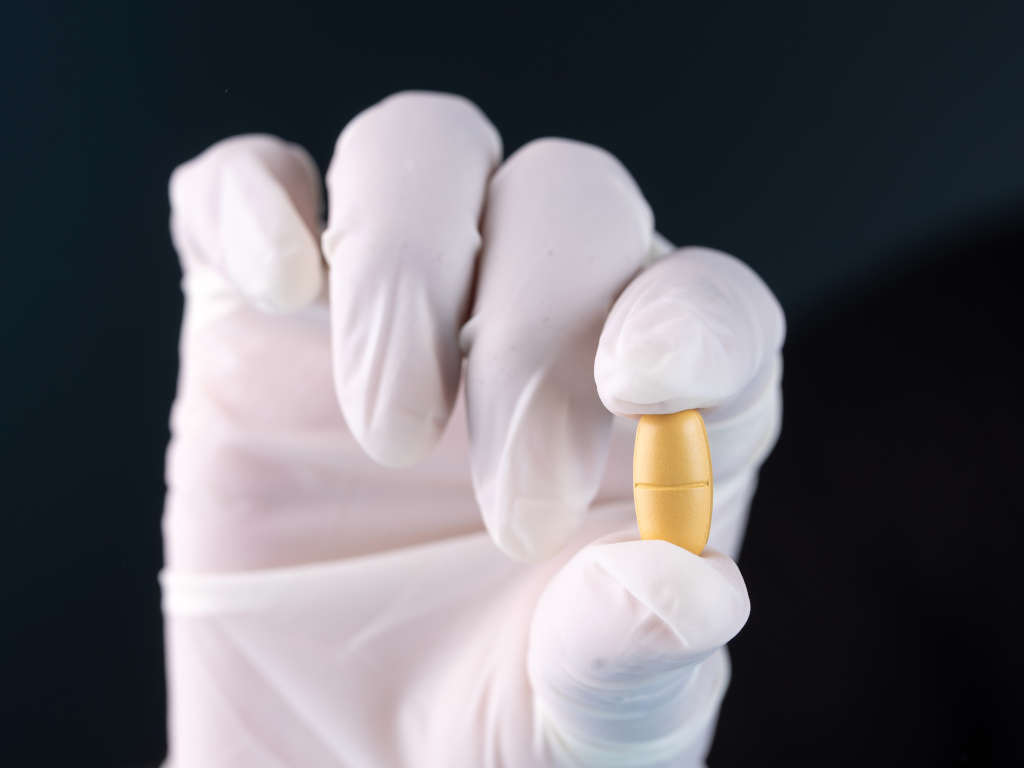
What is Microdosing?
Microdosing is a technique for studying the behavior of drugs in humans through the administration of doses so low they are unlikely to produce whole-body effects, but high enough to allow the cellular response to be studied.

Effects of Acid
When a person uses acid (LSD), they become disconnected from reality. They may see, hear, and sense things that are not real. They may also have strong emotions. This is known as a “trip.”
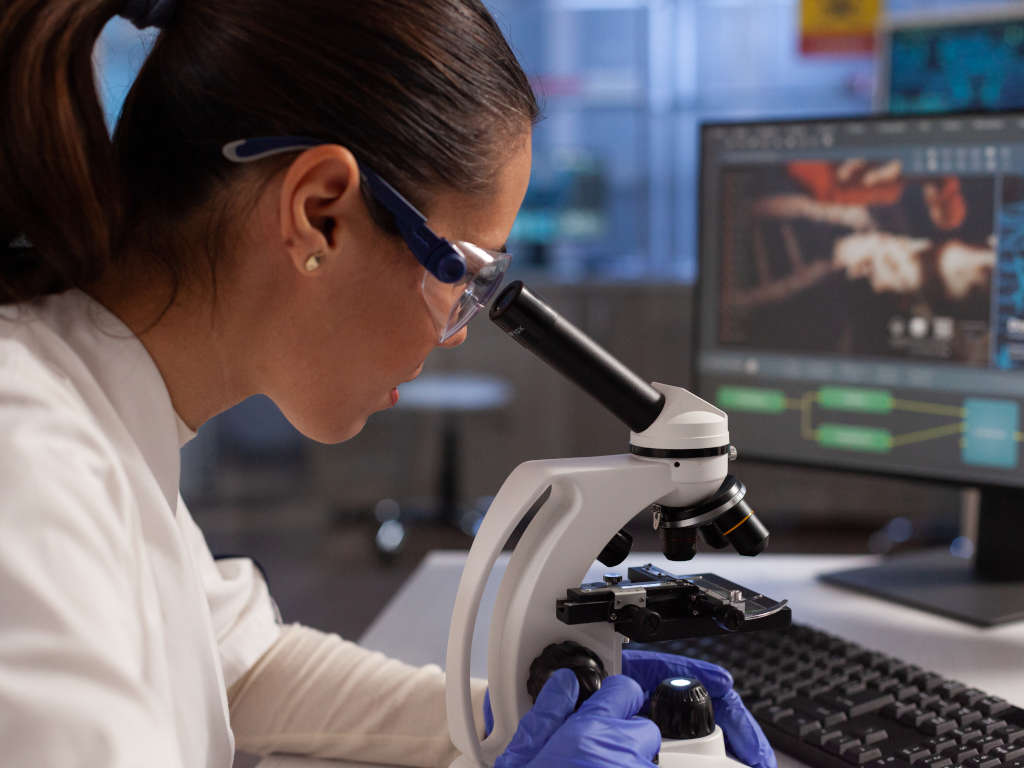
What is DMT?
DMT (N,N-Dimethyltryptamine) is a hallucinogenic tryptamine drug that occurs naturally in many animals and plants. It is also referred to as the “spirit molecule” due to the intense psychedelic experience.

Dissociative Hallucinogen
Dissociative hallucinogens are a class of drugs which distort perception of sight and sound and produce feelings of detachment or dissociation from the environment and/or self.
